If your boiler stops heating or makes weird noises, you don’t have to panic. Most issues are small and can be sorted fast, saving you a call‑out and a hefty bill. Below we walk through the most common boiler hiccups, quick checks you can do yourself, and clear signs when you should call a qualified engineer.
No Heat or Hot Water – First, make sure the thermostat is set higher than the room temperature and the timer is on. Check the pressure gauge; most boilers need a pressure between 1 and 1.5 bar. If it’s low, use the filling loop to top it up until the gauge reads within range. Bleed any radiators that feel cold at the top – a simple key will release trapped air and often restores warmth.
Strange Noises – A clicking or whistling sound usually means trapped air or a build‑up of limescale. Turn the boiler off, let it cool, then bleed the radiators and clean the heat exchanger with a descaling solution if you feel comfortable. If the banging persists, it could be a pump issue, which is best left to a pro.
Leaking Water – Look around the pipework and the boiler body for any drips. Small leaks from the pressure relief valve may just need a replacement washer. Tighten any loose connections with a wrench, but don’t over‑tighten. A large leak or one coming from the main boiler casing means a serious fault – shut the system off and call an engineer.
Even if you’re handy, boilers involve gas, water, and electricity – a wrong move can be dangerous. Call a Gas Safe registered engineer if you see any of these signs:
These issues need professional tools and knowledge. Trying to fix them yourself could void warranties or cause safety hazards.
Regular maintenance is the best way to avoid most problems. A yearly service checks the heat exchanger, gas valve, and safety controls, keeping everything running efficiently. If you haven’t had a service in the last 12 months, book one now – it’s often cheaper than emergency repairs.
To sum up, start with the easy checks: thermostat, pressure, radiators, and visible leaks. If the boiler still misbehaves, or if you notice any gas smell, call a certified engineer right away. With a bit of routine care and quick troubleshooting, you’ll keep your home warm and safe without breaking the bank.
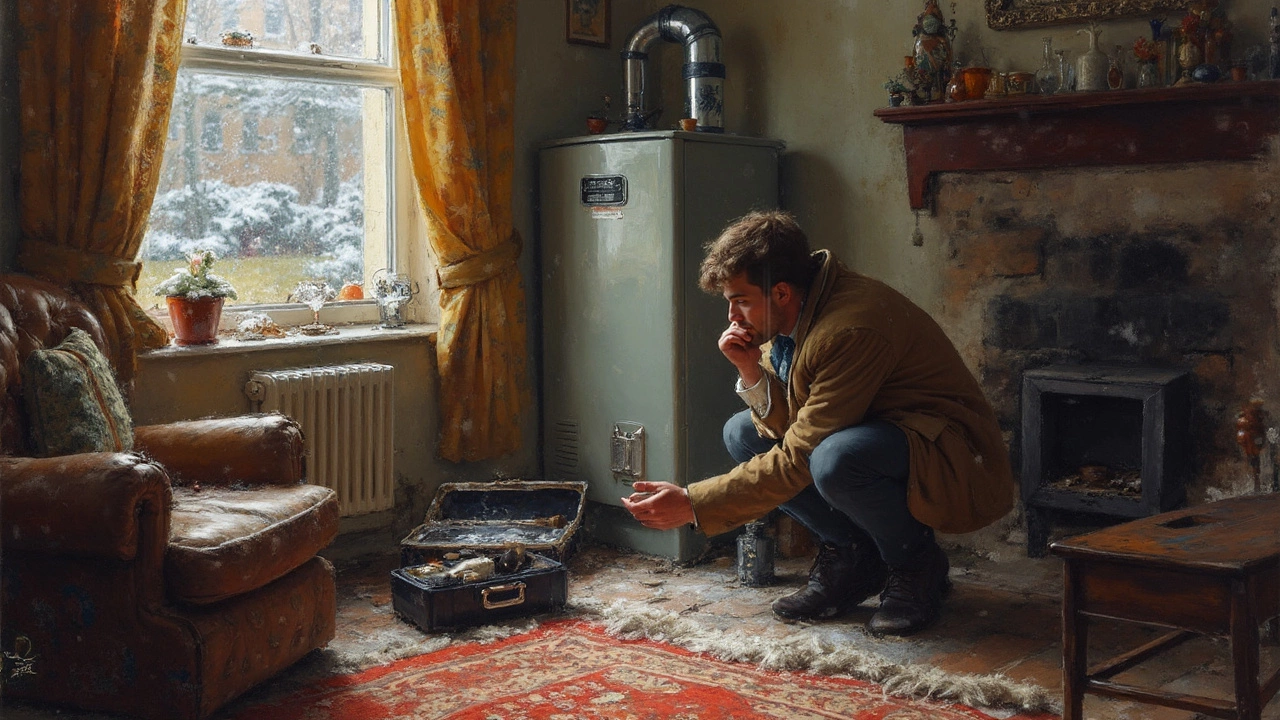
Struggling with a troublesome boiler? Discover the most frequent issues like lack of heat, strange noises, and leaking water. Learn practical tips and tricks on how to diagnose and fix these problems on your own. Recognize when it's time to call a professional and keep your home warm and comfortable.
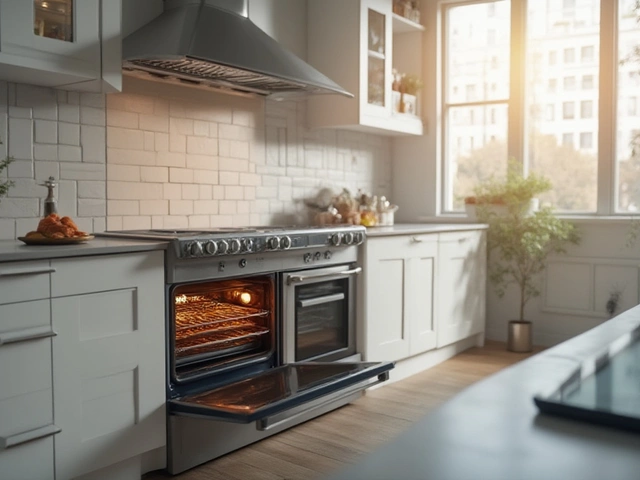
Need to replace your electric oven element? Find out how much it costs, what affects the price, and the best options for repairing your oven in 2025.
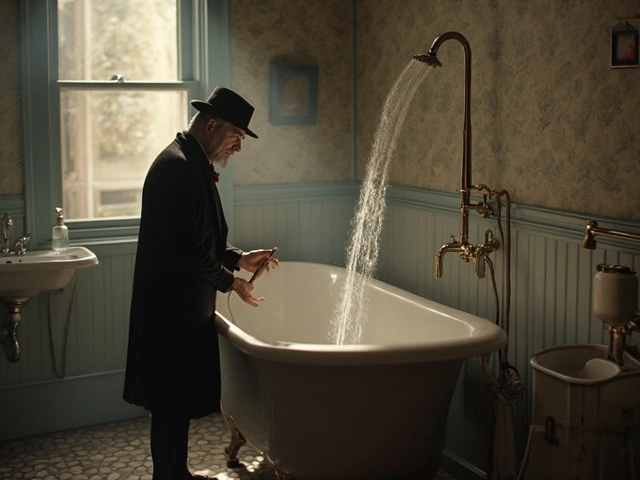
A puzzling situation arises when your shower lacks hot water while the sink heats perfectly fine. This article dives into possible reasons like different pipe routes, shower valve issues, and water heater capacity. It also offers practical solutions, such as checking the temperature settings and flushing the water heater to remove sediment. Understanding common plumbing malfunctions can lead to quick fixes without calling a professional.
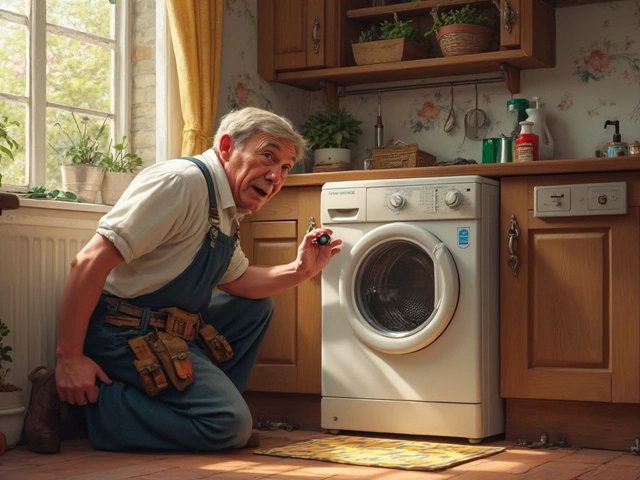
An appliance technician plays a crucial role in keeping household and commercial appliances running smoothly. They diagnose issues, perform necessary repairs, and offer maintenance tips to prevent future problems. Understanding their responsibilities helps in appreciating their importance. This article provides insights into the day-to-day duties of an appliance technician and offers tips for those aspiring to join this field.
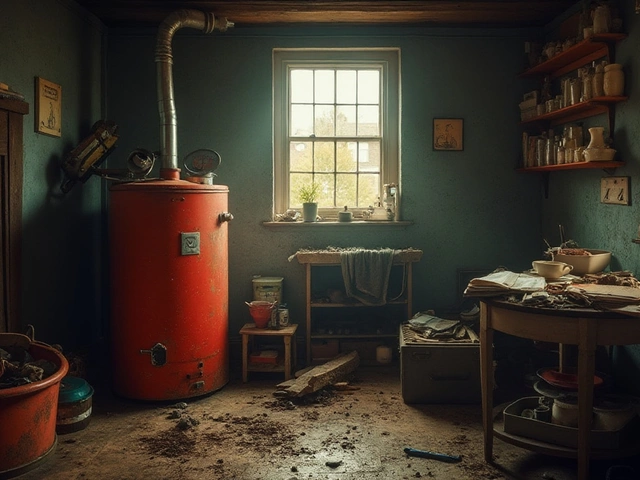
A 40-year-old boiler can pose potential safety risks. Understanding the wear and tear it undergoes over the decades is crucial. Regular maintenance and safety checks are essential to ensure it operates safely. Homeowners should consider the pros and cons of keeping such an old appliance. Discover tips and advice on making informed decisions regarding your boiler's safety and efficiency.

Fridge warm but the light works? Find out why your refrigerator isn’t cooling, common causes, fixes, and when to call in an expert. Easy troubleshooting tips inside.